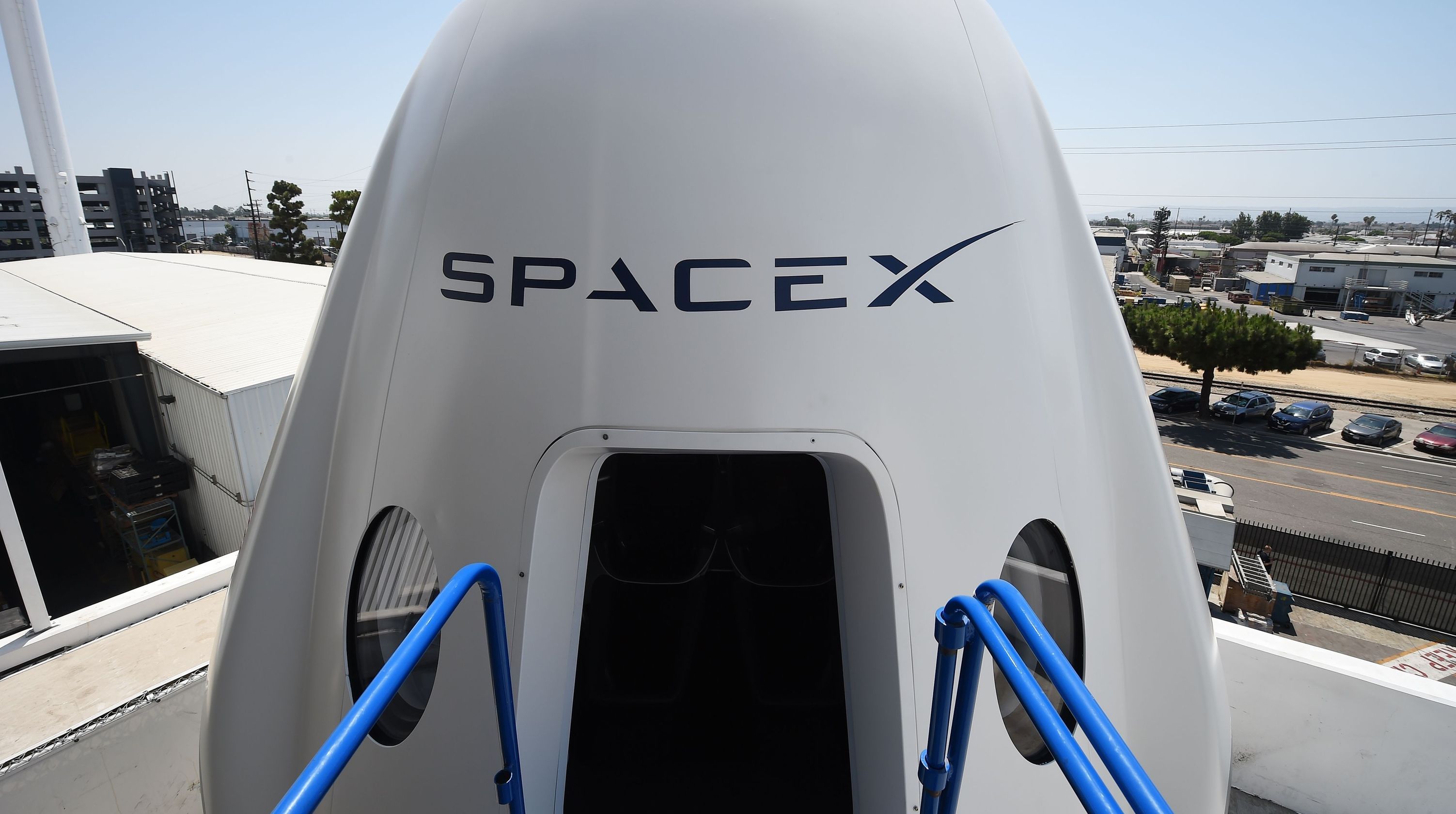The SpaceX CEO is also showing photos of its BFR rocket, which could eventually go to Mars.



SpaceX is set for a surprise event that is expected to revolve the announcement of a newly-contracted launch planned to send a private individual around the Moon with BFR, potentially queuing up a true race (back) to the Moon between SpaceX and NASA sometime in the early to mid-2020s.
Alongside the official announcement and a fascinating render revealing a dramatically-updated iteration of BFR’s spaceship upper stage, CEO Elon Musk cryptically hinted on Twitter that the private customer could be Japanese, as well as confirming that the spaceship as shown was indicative of a new BFR design.


SpaceX’s CEO shrugs off 20 years of NASA research.
SORRY, ELON. To be ready for human occupants, Elon Musk has long called Mars a “fixer-upper of a planet.” But according to a new NASA-sponsored study, a better description might be a “tear-down.” The scientists behind that project say it’s simply not possible to terraform Mars — that is, change its environment so that humans can live there without life support systems — using today’s technology.
BUILDING AN ATMOSPHERE. Mars has a super thin atmosphere; a human unprotected on the surface of Mars would quickly die, mostly because there’s not enough atmospheric pressure to prevent all your organs from rupturing out of your body (if you survived a little longer, you could also suffocate from lack of oxygen, freeze from low temperatures, or get fried from too much ultraviolet radiation).
This study, published Monday in the journal Nature Astronomy, considers how difficult it would be to increase the atmospheric pressure on the Red Planet enough so that humans can walk on Mars’s surface without a pressurized suit and, ideally, without a breathing apparatus.

DARPA is funding development of high resolution brain interfaces. At the same time there are two companies who have breakthrough technology for higher resolution brain interfaces. The two companies are Elon Musk’s Neuralink and Mary Lou Jepsen’s Openwater red light scanner. The Neuralink and Openwater systems will be described after the DARPA project and its goals.

From the perspective of critics, there are many reasons to be concerned about the rise of artificial intelligence.
Billionaire inventor Elon Musk — perhaps the world’s most vocal AI antagonist — has warned that the technology could become “an immortal dictator from which we would never escape.”
Several years before his death, Stephen Hawking, the renowned theoretical physicist, said artificial intelligence could bypass biological evolution, leaving humans unable to compete.


In a several-hour live interview on September 6–7, Tesla and SpaceX CEO Elon Musk managed to slip in a few words about Neuralink, a side-project company formed by Musk for the purpose of bridging the gap between potential superhuman AI and the human brain itself.
Although the eccentric CEO/CTO wouldn’t say much more, he did tease a potentially revolutionary update from the fully-stealthed startup “in a few months”.

Elon Musk smoked pot and drank whiskey on the Joe Rogan podcast and said he’s going to soon announce a new “Neuralink” product that can make anyone superhuman.

Amandeep Gill has a difficult job, though he won’t admit it himself. As chair of the United Nations’ Convention on Conventional Weapons (CCW) meetings on lethal autonomous weapons, he has the task of shepherding 125 member states through discussions on the thorny technical and ethical issue of “killer robots” — military robots that could theoretically engage targets independently. It’s a subject that has attracted a glaring media spotlight and pressure from NGOs like Campaign to Stop Killer Robots, which is backed by Tesla’s Elon Musk and Alphabet’s Mustafa Suleyman, to ban such machines outright.
Gill has to corral national delegations — diplomats, lawyers, and military personnel — as well as academics, AI entrepreneurs, industry associations, humanitarian organizations, and NGOs in order for member states to try to reach a consensus on this critical security issue.
The subject of killer robots can spark heated emotions. The Future of Life Institute, a nonprofit that works to “mitigate existential risks facing humanity” such as artificial intelligence, launched its sensationalistic short film Slaughterbots at a side event hosted by the Campaign to Stop Killer Robots at the CCW’s meetings last November. The film, which depicts a dystopian near-future menaced by homicidal drones, immediately went viral.